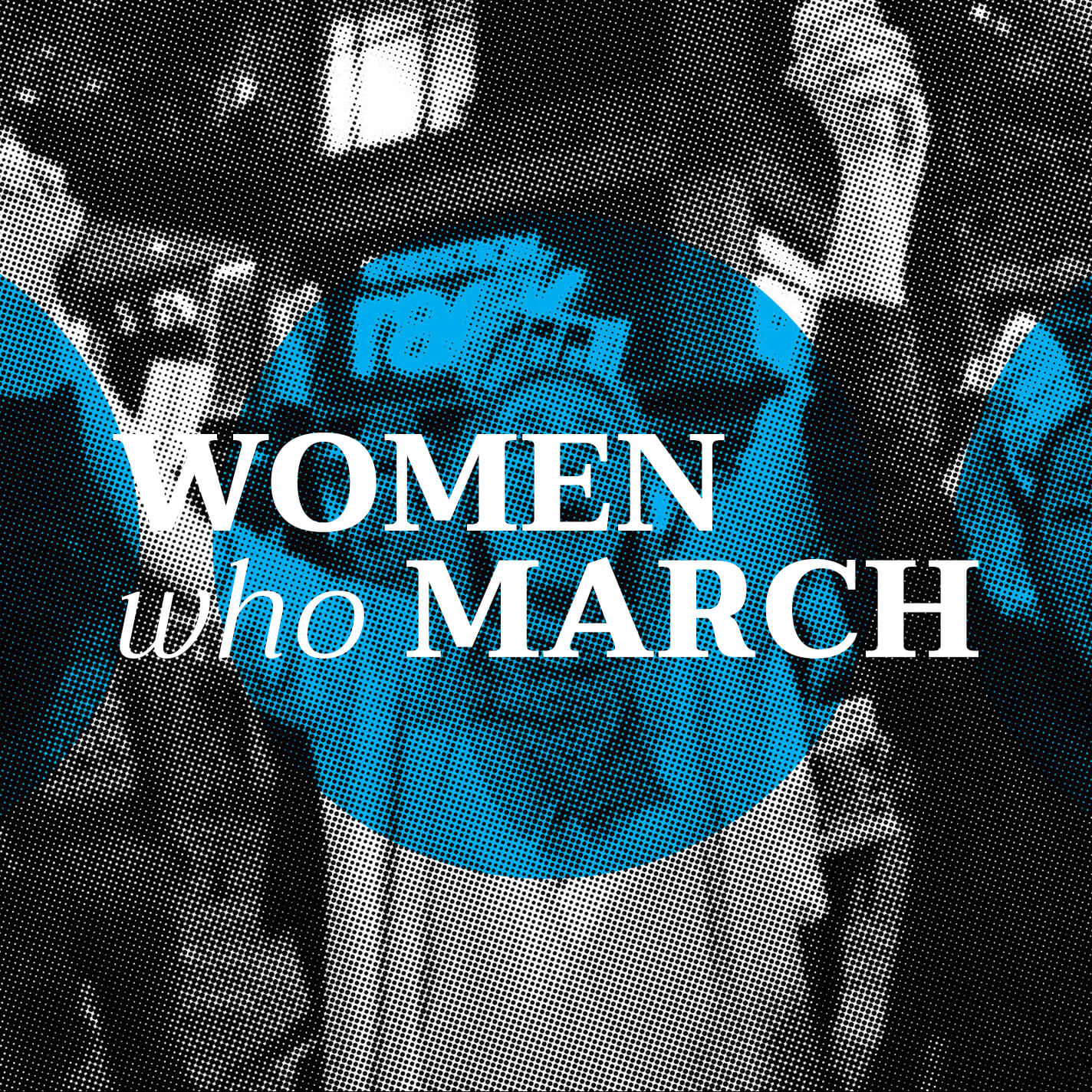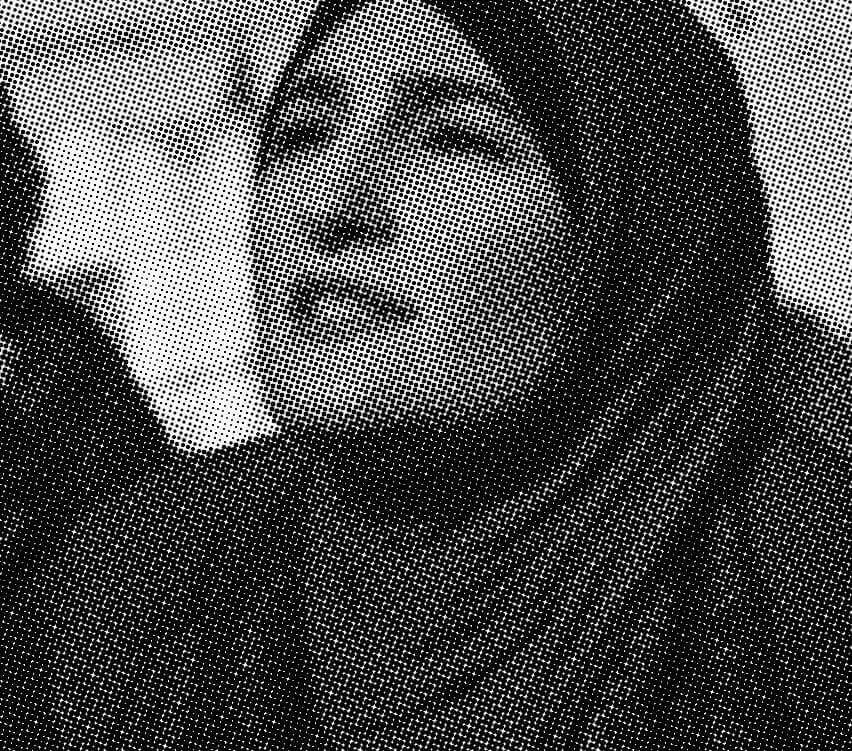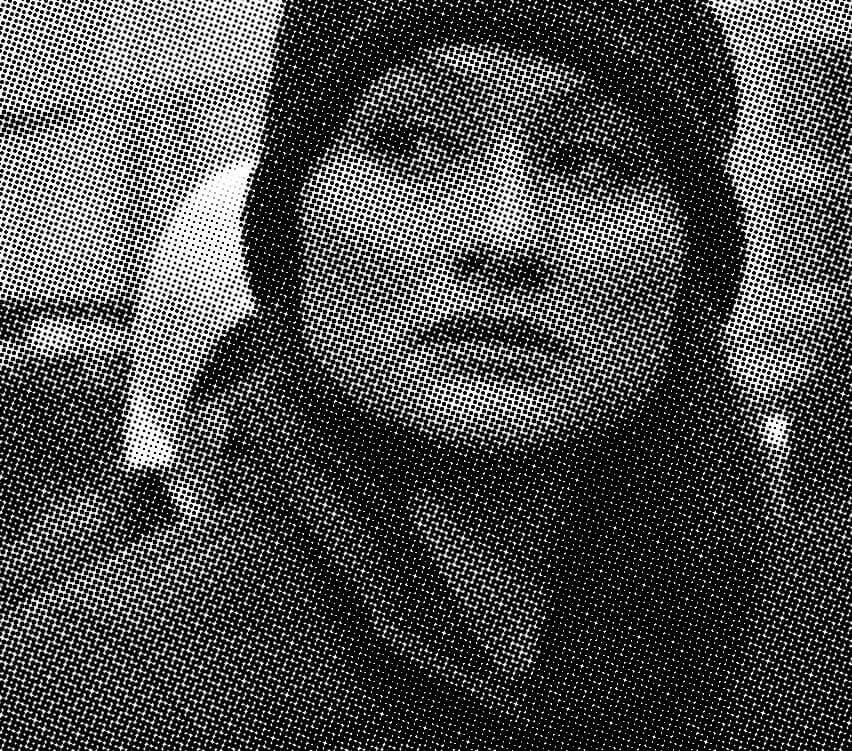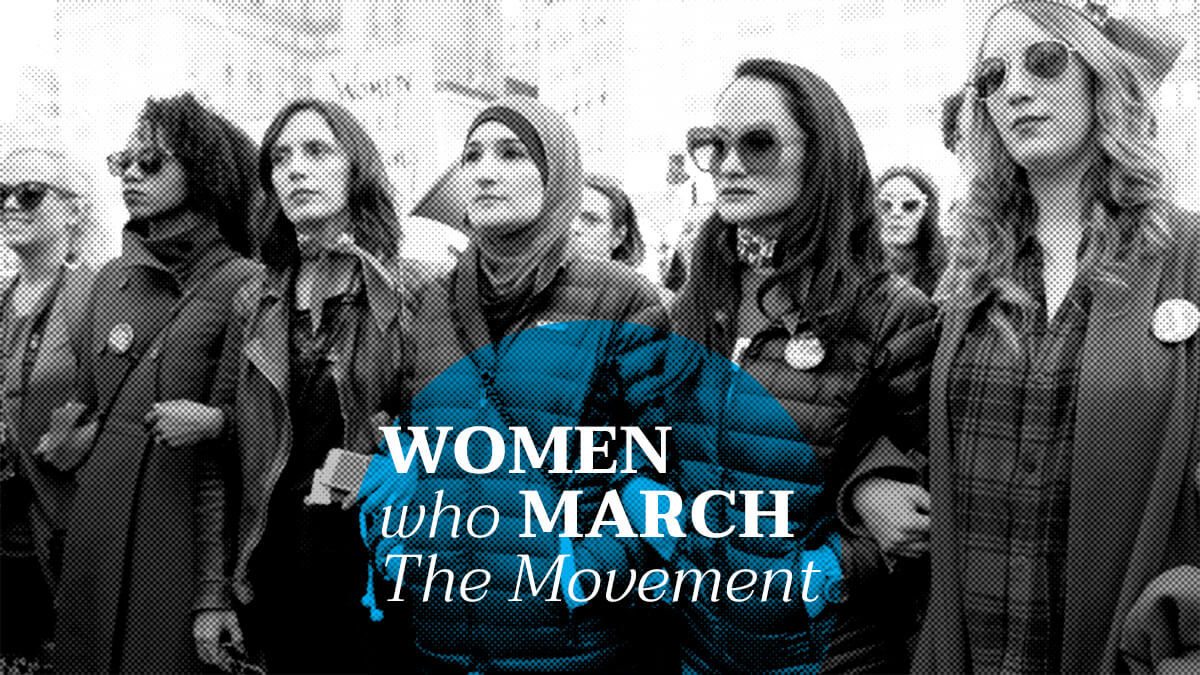A lifelong learning
Bob Bland was running late. The group's website crashed earlier that morning and she entered the headquarters in a flurry, throwing off her winter coat and setting her 6-week-old baby down on the velvet couch in the middle of "the war room," as fellow march co-chair Carmen Perez called it.
Bland, 34, was one of the original founders of the march that started as a Facebook event post that went viral, setting into action a domino effect of women organizing across the country.
"I think one of the most transformative things about this march and the movement that is rising from it is that people who are not used to getting out of their comfort zones are now finally saying, 'Okay, enough is enough. We cannot abide by this anymore.'"
Bland is CEO of Manufacture New York, a fashion design and production incubator for independent designers. She describes herself as an advocate of local manufacturing. When it comes to activism, she's designed a collection of "Nasty Woman" t-shirts and tote bags, appropriating the name Trump called Clinton during the third presidential debate.
But the march was a whole new thing.
"I personally have learned so much as someone who previously, I would say, was on the sidelines before this," said Bland, seated next to a shelf of large coffee table books about the history of activism and Dr. Martin Luther King Jr. "What I've never done before is get out of my comfort zone," she said.
For some women who were already in the trenches fighting the forces of sexism, racism, xenophobia and other -isms and phobias, welcoming these first timers can come with a heavy dose of, "it's about time."
Bland said she gets that.
“
If we can activate and mobilize hundreds of thousands of people who previously would have just been behind a screen, then that might make the difference.”
— Bob Bland
"I'm a very mainstream, white, cisgender, hetero, American woman, and I'm the type of people who needs to be recognizing their privilege," Bland said. The baby had moved from the couch to breastfeeding in her arms. "From there, you can learn so much more from actually just not taking up space, letting people of other colors, of other religions, or other gender expressions speak, and listening to that."
A month earlier, members of the national committee were gathered for a meeting, many of them seeing each other face-to-face for the first time after weeks of corresponding online. Vanessa Wruble, head of campaign operations for the march, noted the symbolism of the birth of Bland’s daughter Chloe just a couple of weeks earlier, during the first few days of organizing. There were jokes about giving birth to a movement. For Bland, the moment marks a new beginning, one of lifelong learning that she says she looks forward to being able to share with her two daughters.
"It might be uncomfortable, it might be hard work, it's definitely going to inconvenience many people," she said. "But if we can activate and mobilize hundreds of thousands of people who previously would have just been behind a screen, then that might make the difference."









